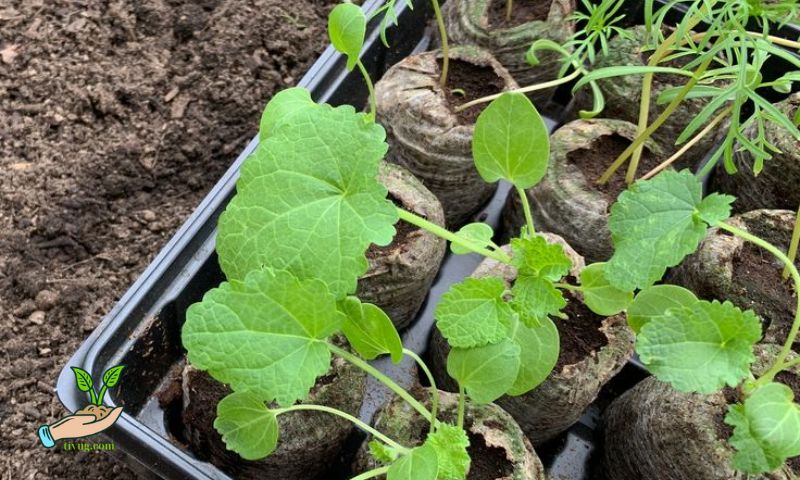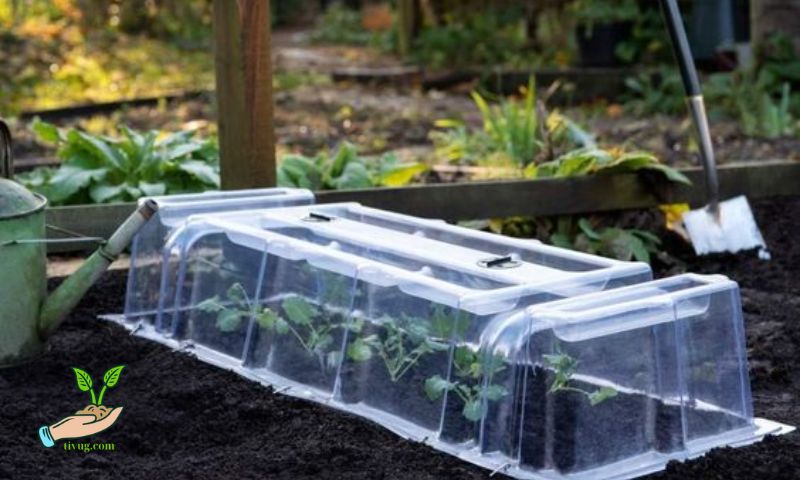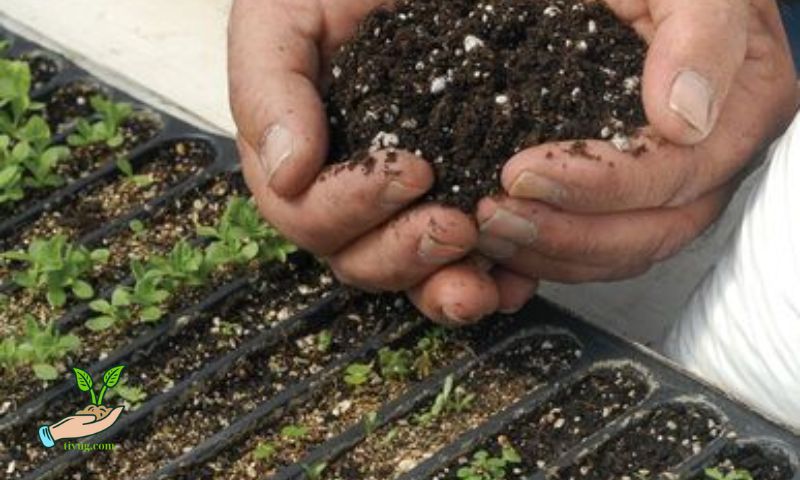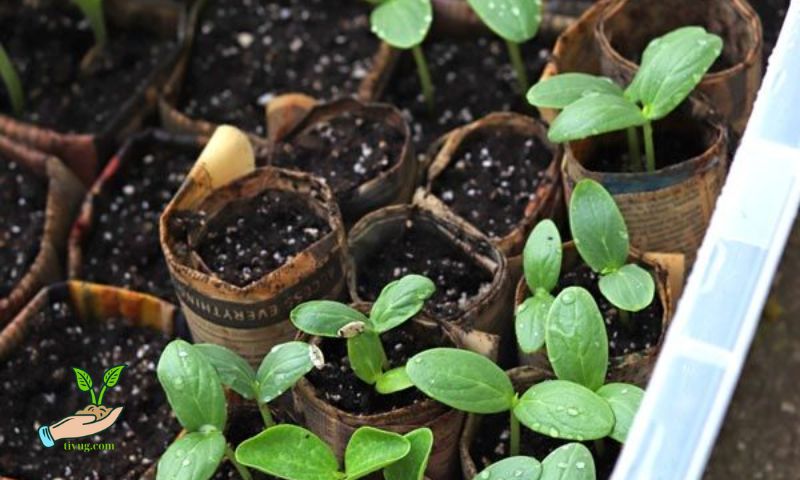A mini vegetable greenhouse is a compact structure designed to create a controlled environment for growing vegetables. Unlike full-sized greenhouses, mini greenhouses are smaller, more portable, and perfect for urban gardens or limited spaces. They provide the benefits of a greenhouse—extended growing seasons, protection from pests, and a controlled environment—on a smaller, more manageable scale.
Types of Mini Vegetable Greenhouses

Portable Mini Greenhouses
Portable mini greenhouses are lightweight and easy to move. They are often made of plastic or lightweight metal frames covered with a clear plastic sheet. These greenhouses are ideal for gardeners who need flexibility in their planting locations or who want to move their plants indoors during harsh weather conditions.
Walk-In Mini Greenhouses
Walk-in mini greenhouses offer more space and are tall enough for a person to stand inside. They typically have shelves for stacking multiple layers of plants. This type of greenhouse provides more room for a variety of vegetables and is suitable for gardeners who need to manage a larger number of plants in a compact area.
Window Greenhouses
Window greenhouses attach to the outside of a window and use the house’s heat to create a suitable growing environment. They are perfect for growing herbs and small vegetables right next to your kitchen. These greenhouses are small, easy to install, and allow for quick access to fresh produce.
Cold Frame Greenhouses
Cold-frame greenhouses are low, box-like structures with transparent lid that can be opened and closed. They are placed directly on the ground and are ideal for protecting seedlings and young plants from the cold. Cold frames extend the growing season by providing a warmer environment for plants during the early spring and late fall.
Benefits of Using a Mini Vegetable Greenhouse
Extended Growing Season
One of the primary benefits of a mini vegetable greenhouse is the ability to extend the growing season. By protecting plants from frost and maintaining a warmer environment, gardeners can start planting earlier in the spring and continue growing later into the fall.
Pest and Disease Control
A mini greenhouse provides a barrier against pests and diseases. The enclosed environment keeps out insects and animals that could damage the plants. Additionally, by controlling the humidity and ventilation, gardeners can reduce the risk of plant diseases that thrive in wet conditions.
Controlled Environment
Mini greenhouses allow gardeners to control temperature, humidity, and light levels, creating the ideal conditions for plant growth. This control is especially beneficial in regions with unpredictable weather, ensuring that plants receive consistent care.
Space Efficiency
Mini greenhouses are designed for small spaces, making them perfect for urban gardens, patios, or balconies. They maximize the use of available space, allowing gardeners to grow a variety of vegetables even in limited areas.
How to Choose the Right Mini Vegetable Greenhouse

Size and Space
When choosing a mini vegetable greenhouse, consider the available space and the size of the greenhouse. Measure the area where you plan to place the greenhouse to ensure it fits comfortably. Also, think about the number of plants you want to grow and choose a size that can accommodate them.
Materials
Mini greenhouses come in various materials, each with its pros and cons. Plastic greenhouses are lightweight and affordable but may not be as durable as glass or polycarbonate. Glass greenhouses offer excellent clarity and durability but can be heavy and expensive. Polycarbonate greenhouses provide a good balance of durability and insulation, making them a popular choice.
Ventilation and Accessibility
Good ventilation is essential for maintaining a healthy growing environment. Look for a greenhouse with adjustable vents or windows that can be opened to regulate airflow. Accessibility is also important; choose a design that allows easy access to your plants for watering, pruning, and harvesting.
Budget
Consider your budget when selecting a mini greenhouse. Prices can vary significantly based on size, materials, and features. Determine how much you are willing to spend and find a greenhouse that offers the best value for your money.
Setting Up Your Mini Vegetable Greenhouse
Location
Choose a location for your mini greenhouse that receives plenty of sunlight and is protected from strong winds. A south-facing spot is ideal for maximizing sun exposure. Avoid placing the greenhouse in shaded areas or where it will be exposed to extreme weather conditions.
Foundation
Prepare a stable foundation for your greenhouse. This can be a level piece of ground, a concrete slab, or a wooden frame. Ensuring the greenhouse is on a solid, level surface will prevent it from shifting or collapsing.
Assembly
Follow the manufacturer’s instructions to assemble your mini greenhouse. Most greenhouses come with easy-to-follow guides. If you are building a DIY greenhouse, ensure all parts are securely connected and the structure is stable.
Ventilation and Irrigation
Install ventilation and irrigation systems in your greenhouse. Proper ventilation prevents overheating and promotes healthy air circulation. An irrigation system, such as a drip irrigation setup, ensures plants receive consistent moisture without overwatering.
Best Vegetables to Grow in a Mini Greenhouse

Leafy Greens
Leafy greens such as lettuce, spinach, and kale thrive in a mini greenhouse. These vegetables prefer cooler temperatures and can be harvested multiple times during the growing season.
Herbs
Herbs like basil, parsley, and cilantro are perfect for mini-greenhouses. They require minimal space and can be grown year-round in a controlled environment.
Root Vegetables
Root vegetables such as radishes, carrots, and beets grow well in a mini greenhouse. They benefit from consistent temperatures and protection from pests.
Others
Other vegetables like tomatoes, peppers, and cucumbers can also be grown in a mini greenhouse. These plants require more space and support but benefit greatly from the controlled environment.
Maintenance and Care
Regular Monitoring
Regularly check the temperature, humidity, and health of your plants. Make adjustments to ventilation and irrigation as needed to maintain optimal growing conditions.
Pest and Disease Management
Monitor for signs of pests and diseases. Remove any affected plants immediately and take preventive measures, such as using organic insecticides or introducing beneficial insects, to keep your greenhouse pest-free.
Seasonal Adjustments
Adjust your greenhouse setup according to the season. In summer, provide shade to prevent overheating. In winter, insulate the greenhouse to maintain warmth. Be prepared to make changes as the weather and seasons change.
DIY Mini Vegetable Greenhouse Projects
Building a Simple Cold Frame
A simple cold frame can be constructed using old windows and wooden frames. Measure and cut the wood to create a box frame, then attach the windows on top as a lid. This project is inexpensive and easy to assemble.
Repurposing Old Windows
Repurposing old windows to build a mini greenhouse is an eco-friendly and creative project. Use the windows as the walls and roof of the greenhouse, securing them together with a wooden frame. This type of greenhouse adds a charming, rustic touch to your garden.
Using PVC Pipes
PVC pipes are an affordable and easy-to-use material for constructing a mini greenhouse. Cut the pipes to the desired length and connect them using PVC fittings to create the frame. Cover the frame with clear plastic sheeting to complete the greenhouse.
Conclusion
Mini vegetable greenhouses offer numerous benefits, including extended growing seasons, pest control, and space efficiency. They come in various types and materials, allowing gardeners to choose the best option for their needs and budget. Setting up and maintaining a mini greenhouse is straightforward, making it an accessible project for gardeners of all skill levels. By investing in a mini vegetable greenhouse, you can enjoy fresh, home-grown vegetables year-round and make the most of your available space.

